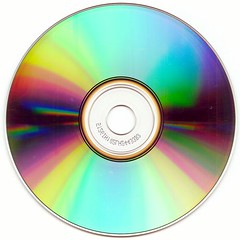This begins a new series of posts aimed at some basic skills that everyone should know. As I add more and more of these, you can use the "Fundamental Tech Skills" link in the Index to see all of them.
The use of the Minimize/Maximize, Close buttons, the three buttons found at the top right of most all windows is paramount to the success of a positive Windows experience.
Minimizing
When you want to "minimize" a window, click on the "minus" button. Your window is still active, yet it is removed from your view. If you want to access that window again, click on its box on the Task Bar.
If you are in a situation where you have multiple windows active, yet you need to access the Desktop, you will have to minimize window after window after window. This can take some time. Pressing the Windows Key+M will minimize all windows. The Windows key is found in between the CTRL and ALT key to the left of the keyboard. It is also found between the ALT and the Menu key to the right of the keyboard. This could be useful in situations where a customer has many, many Internet Explorer windows open, yet they want to open Microsoft Word. Just minimize everything in one fell swoop and open Word.
Restoring/Maximizing
If you are working on a window that is "floating", you can click the "maximize" button to increase the window to its maximum extent. This button looks like a square, or two squares, depending on the state of the window. A window can either be maximized (covering the whole screen) or floating (not covering the entire screen). You use the restore/maximize button to toggle between the two.
Closing
When you want to close a window, click on the "X". If you are closing the window of a program such as Word or Excel, the computer will ask you if you want to Save the document.
If you are in a situation where multiple windows need to be closed, the process of locating the "X", moving the pointer to it, and closing it can collectively take some time. In a situation such as this, you can use the keyboard shortcut, ALT+F4. This combination closes the current window. Holding down the ALT key and pressing the F4 key quickly will remove windows in a flash.


